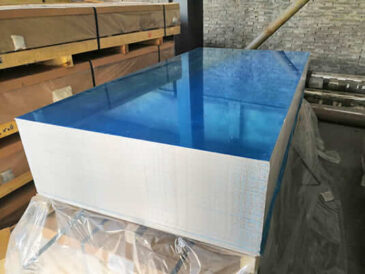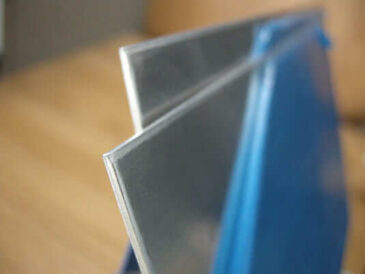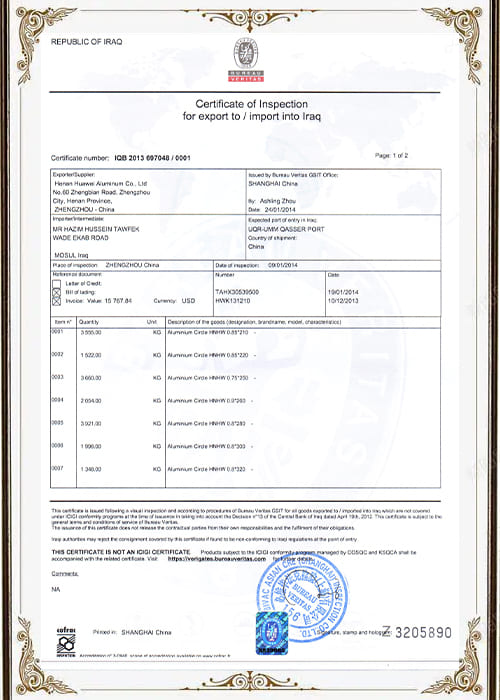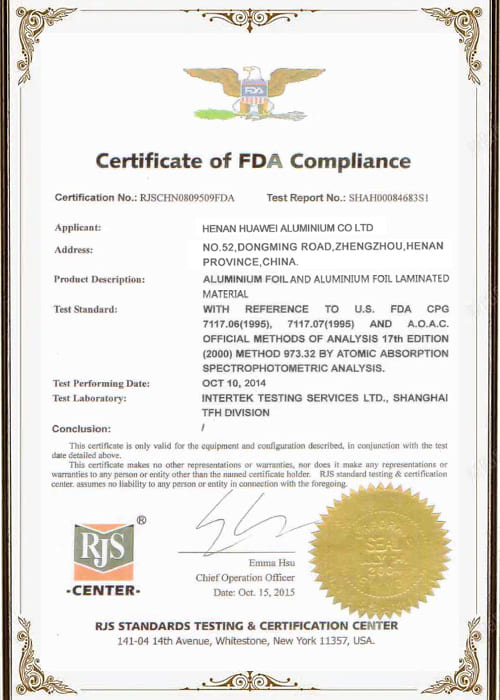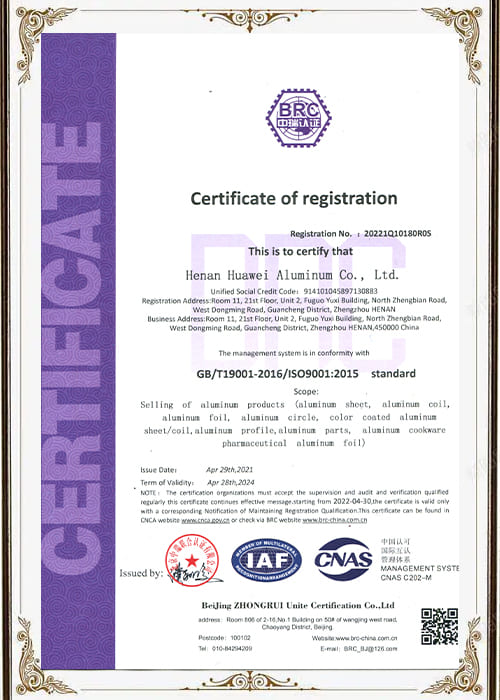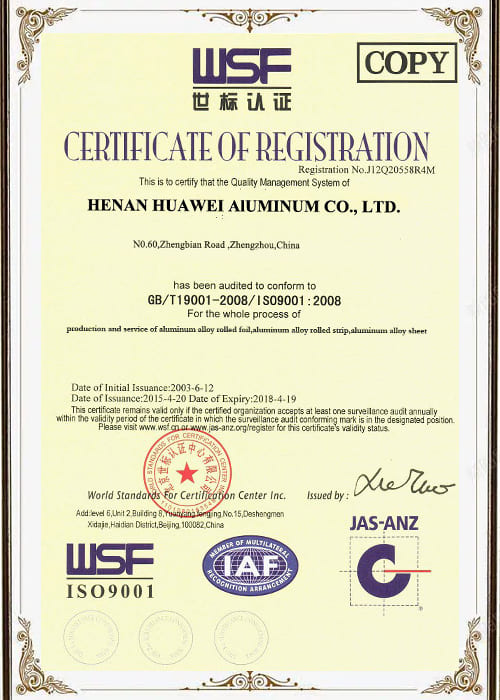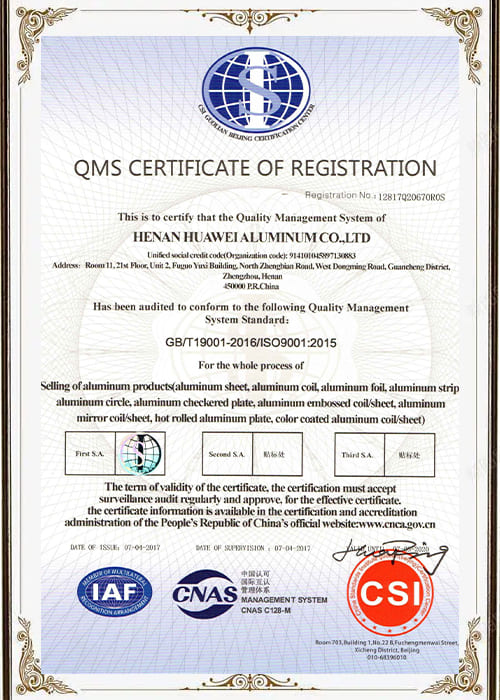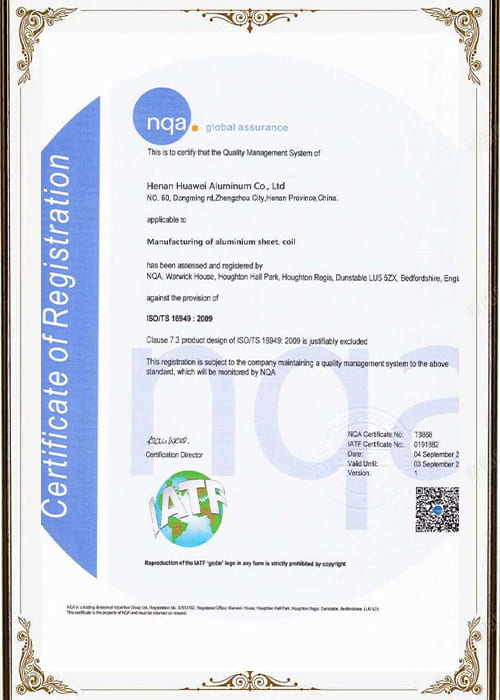12,556 Näkymät 2025-07-24 09:51:42
Esittely
Se Alumiinipiirin painonlaskin is an essential tool for professionals working with aluminum blanks, discs, and round plates.
Whether you’re in procurement, valmistus, or quality control, calculating accurate weight is vital for cost estimation, shipping, and production planning.
This guide delivers everything you need to understand how aluminum circle weight is calculated.
It’s written with clarity, backed by industry knowledge, and designed with the end-user in mind. Let’s break it down.

Alumiinipiirin painonlaskin
Why Use an Aluminum Circle Weight Calculator?
Aluminum circles (also known as discs or blanks) are widely used in cookware, lighting, elektroniikka, and automotive components.
Since aluminum is priced by weight, calculating weight correctly before purchase helps avoid cost overruns and stock mismatches.
Traditional estimation methods can lead to errors. Instead, using a calculator provides a faster, more reliable, and precise result — helping buyers and engineers stay confident in their planning.
How the Weight is Calculated
The formula for calculating the weight of an aluminum circle is straightforward yet powerful:
Weight = π × (Diameter ÷ 2)² × Thickness × Density
Jossa:
- π (pi) = 3.1416
- Halkaisija = Full width of the circle
- Paksuus = Height or depth of the aluminum disc
- Tiheys = Material density of the aluminum alloy in g/cm³ or lb/in³
You must convert dimensions into consistent units, either metric (mm, g/cm³) or imperial (tuumaa, lb/in³), depending on your location or supplier standards.
Common Densities of Aluminum Alloys
Each aluminum alloy has a slightly different density. Here’s a quick reference table:
| Alloy Grade | Common Temper(s) | Tiheys (g/cm³) | Tiheys (kg/m³) |
|---|---|---|---|
| 1050 | H14, H24 | 2.71 | 2710 |
| 1060 | H24 | 2.70 | 2700 |
| 1070 | N | 2.70 | 2700 |
| 1085 | N, H18 | 2.70 | 2700 |
| 1100 | H14 | 2.71 | 2710 |
| 1200 | N, H14 | 2.71 | 2710 |
| 1235 | N, H18 | 2.71 | 2710 |
| 1350 | N | 2.70 | 2700 |
| 2011 | T3, T8 | 2.83 | 2830 |
| 2014 | T6 | 2.80 | 2800 |
| 2024 | T3, T351 | 2.78 | 2780 |
| 2219 | T6 | 2.84 | 2840 |
| 3003 | H14 | 2.73 | 2730 |
| 3004 | H34 | 2.72 | 2720 |
| 3005 | H26 | 2.72 | 2720 |
| 3A21 | H112 | 2.73 | 2730 |
| 3105 | H24 | 2.75 | 2750 |
| 4032 | T6 | 2.77 | 2770 |
| 4045 | - | 2.71 | 2710 |
| 5005 | H34 | 2.70 | 2700 |
| 5052 | H32 | 2.68 | 2680 |
| 5083 | H116, N | 2.66 | 2660 |
| 5086 | H32, H116 | 2.66 | 2660 |
| 5182 | H48 | 2.68 | 2680 |
| 5454 | H32 | 2.69 | 2690 |
| 5754 | H22, H111 | 2.67 | 2670 |
| 6016 | T4 | 2.70 | 2700 |
| 6061 | T6, T651 | 2.70 | 2700 |
| 6063 | T5, T6 | 2.69 | 2690 |
| 6082 | T6 | 2.70 | 2700 |
| 7005 | T6 | 2.78 | 2780 |
| 7021 | T6 | 2.79 | 2790 |
| 7050 | T7451 | 2.83 | 2830 |
| 7075 | T6, T651 | 2.81 | 2810 |
| 7475 | T6, T761 | 2.82 | 2820 |
| 8006 | N, H18 | 2.71 | 2710 |
| 8011 | H14, H18 | 2.71 | 2710 |
| 8021 | N, H18 | 2.72 | 2720 |
| 8079 | N, H14 | 2.72 | 2720 |
Choosing the correct alloy is essential. A small variation in density can result in significant weight differences, especially at high volumes.
Example: Manual Calculation
Suppose you have an aluminum circle with the following specs:
- Halkaisija: 500 mm
- Paksuus: 1.2 mm
- Metalliseos: 1050 (Density = 2.71 g/cm³)
Calculation:
Convert to cm:
Diameter = 50 cm, Radius = 25 cm
Thickness = 0.12 cm
Sitten,
Weight = 3.1416 × 25² × 0.12 × 2.71 ≈ 639 g
That’s roughly 0.64 kg per circle.
Benefits Over Other Calculators
Most generic weight calculators focus on sheets or coils. An aluminum circle calculator is purpose-built for round shapes, avoiding unnecessary conversions or guessing.
Unlike coil calculators — which rely on inner/outer diameter — circle weight calculators are more straightforward. They provide:
- Faster estimation
- Higher accuracy for blanks and stamped discs
- Support for metric and imperial units
- Easy alloy selection with pre-filled densities
Practical Use Cases
This tool is particularly useful in:
- Purchasing Departments: For cost comparison and order validation
- Production Planning: To estimate raw material usage
- Export Logistics: For calculating load weights
- OEM Manufacturing: Especially cookware, lighting, and automotive
Even a small miscalculation in bulk orders can lead to incorrect quotations or production delays.
Choosing the Right Calculator Tool
Not all calculators are created equal. When selecting a digital aluminum circle weight calculator, look for:
- ✔ Support for both metric and imperial systems
- ✔ Preloaded density for common alloys
- ✔ Responsive design for mobile and desktop
- ✔ Instant updates as values change
- ✔ Simple user interface without fluff
A good calculator should reduce the need for manual conversions and help you make informed decisions faster.
Comparison: Circle vs Sheet vs Coil Calculator
| Ominaisuus | Circle Calculator | Sheet Calculator | Coil Calculator |
|---|---|---|---|
| Shape-specific | ✅ Yes | ❌ No | ❌ No |
| Supports inner diameter | ❌ Not needed | ❌ Not needed | ✅ Yes |
| Ideal for disc stamping | ✅ Yes | ❌ No | ❌ No |
| Unit system switching | ✅ Yes | ✅ Yes | ✅ Yes |
| Alloy density flexibility | ✅ Yes | ✅ Yes | ✅ Yes |
The circle calculator clearly shines for its intended application.
Final Thoughts
Se Alumiinipiirin painonlaskin is more than just a math tool — it’s a smart resource for procurement professionals, insinöörit, and industrial buyers.
By understanding the principles and using accurate alloy data, you’ll eliminate guesswork and gain better control over cost and logistics.
For best results, use calculators that support real-time feedback, customizable alloys, and dual unit systems.
With minimal input, you gain maximum insight — and that’s exactly what modern professionals need.
Would you like an embeddable version of a calculator UI next? Or a downloadable calculator in Excel or web form? I can generate one tailored to your workflow.



